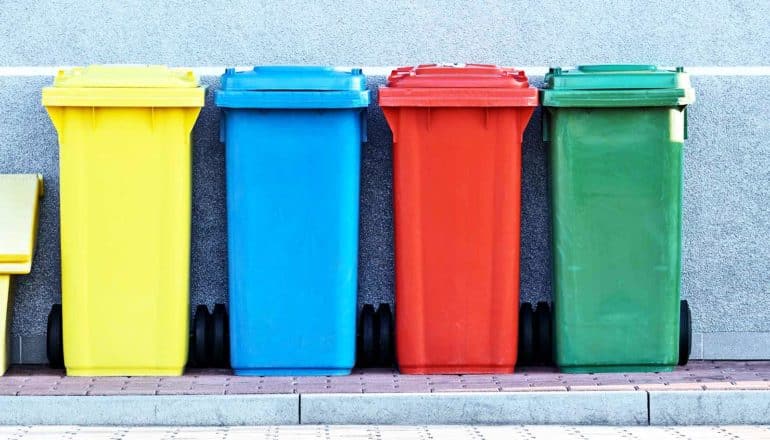
Researchers have devised a way to upcycle waste into the Parkinson’s disease drug L-DOPA and the amino acid proline.
The shells of crustaceans and wood waste such as branches pruned from trees usually end up in landfills. These waste materials get a new lease of life to become nutritional supplements and medicine, with the help of this new process.
Associate professor Yan Ning and assistant professor Zhou Kang from NUS Chemical and Biomolecular Engineering led the team that devised a method to turn shells from prawns and crabs into L-DOPA, a common drug for treating Parkinson’s disease. A similar method can convert wood waste to proline, which is essential for the formation of healthy collagen and cartilage.
The team’s conversion approach can potentially play a pivotal role in the chemical industry, as the movement of waste-derived compounds has been gaining momentum in a bid to reduce reliance on the use of non-renewable fossil fuels and energy-consuming processes.
The global food processing industry generates as much as eight million tonnes (8.8 tons) of crustacean shell waste annually. Concurrently, Singapore generated over 438,000 tonnes (483 tons) of wood waste in 2019, among which include branches pruned from trees and sawdust from workshops. Deriving ways to upcycle these food and agricultural waste materials into useful compounds would reap benefits without straining landfills.
The researchers first applied chemical processes to the waste materials and converted them into a substance that microbes can “digest.” The second step involves a biological process, akin to the fermentation of grapes into wine, where they engineered special strains of bacteria such as Escherichia coli to convert the substance produced in the chemical process into a higher value product such as amino acids.
Compared to conventional methods of producing amino acids that require sugars as the substrate, the new method uses the abundant food and agricultural waste as the starting raw material, thereby cutting costs.
Conventionally, L-DOPA is produced from L-tyrosine, a chemical made from fermenting sugars. With the new approach, crustacean waste is first treated using a simple chemical step, allowing it to be used by microbes to produce L-DOPA. The yield of the method is similar to that achieved in the traditional method using sugars. In addition, compared to glucose, the most common sugar used, which costs between $400 to $600 per ton, shrimp waste costs only about $100 per ton. Given the low cost and abundance of shell waste, the new process has the potential to provide L-DOPA at a lower cost.
Proline, on the other hand, results from pure biological processes. The new method replaces most of the transformations with chemical processes, which are much faster. As a result, the new integrated process could achieve higher productivity and potentially lead to reductions in capital investment and operating costs.
The research on producing amino acids such as L-DOPA from crustacean shells appears in the Proceedings of the National Academy of Sciences. The work on producing proline from wood waste appears in Angewandte Chemie.
“Chemical processes are rapid and can utilize a variety of harsh conditions such as extreme heat or pressure to break down a wide variety of waste materials as no living organism are involved, but they can only produce simple substances. On the other hand, biological processes are a lot slower and require very specific conditions for the microbes to flourish but can produce complex substances which tend to be of higher value. By combining both chemical and biological processes, we can reap the benefits of both to create high-value materials,” explains Zhou.
Moving forward, the team is looking to adapt their unique process to other forms of waste, such as carbon dioxide and wastepaper. Such development would reduce the society’s reliance on non-renewable resources for acquiring chemicals which are important constituents of many nutritional supplements and medicine today.
The research team plans to scale up the processes and to work with industrial partners to commercialize this technology.
Source: NUS
The post Team makes trash into Parkinson’s drug and amino acid appeared first on Futurity.
from Futurity https://ift.tt/39lrYSj
No comments:
Post a Comment